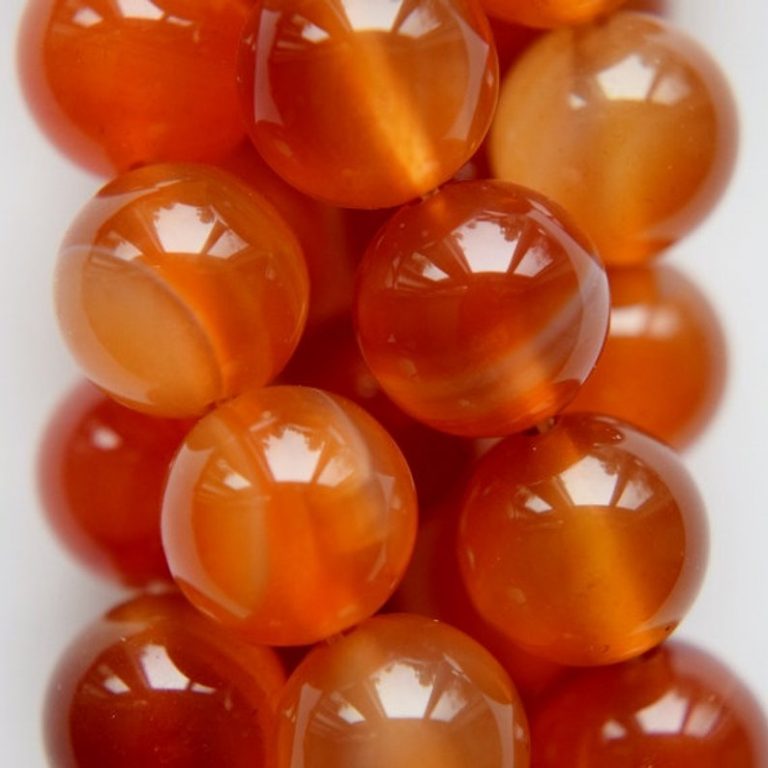Human, animal remains, jewelry made of various materials discovered in excavations, say officials
Posted on 01/05/2022 1:58:08 PM PST by SunkenCiv
Historical artifacts were discovered in eight tombs dating back to the fourth century in present-day northern Turkey, officials announced on Friday.
The tombs were uncovered during roadway expansion efforts in the Kurtulus district of Ordu, a province on Turkey's Black Sea coast, with teams from the local museums directorate launching excavations for the artifacts' urgent recovery.
Officials added that many human and animal remains, including skeletons, were found in the tombs, along with pieces of jewelry made of gold, sardine stone, silver, glass, and bronze.
Pieces of a glass bottle and beads were also found in one of the tombs, they said.
The findings were taken to the Ordu Museum Directorate.
(Excerpt) Read more at aa.com.tr ...
Duuhhh...of course! It's a freakin' TOMB!
Was Pontus, then Capadocia.
Ok, I’ll bite!
I am constantly amazed how often such sites are discovered.
Do they mean 4th century B.C. or 4th century A.D.?
Sardine Stone (Red Carnelian) is actually pretty cool if you are a rock person.
“I am constantly amazed how often such sites are discovered.”
It is because they are finally being allowed to dig past 12 feet. Forever funding would not allow digging past 12 feet. Might find something that doesn’t fit the official narrative...
And they finally are... :)
I never learned about sardine stone back when I was in *school*. /rimshot
A glassy, translucent stone, Carnelian is an orange-colored variety of Chalcedony, a mineral of the Quartz family. Its color varies from pale pinkish-orange to a deep rusty brown, though it is most known for its brilliant orange and red-orange crystals. Its name comes from a Latin word meaning “flesh.” Carnelian entered recorded history more than 4000 years ago. This orange mineral rock was revered by ancient noblemen and noblewomen. Ancient Babylonians, Greeks and Romans wore amulets and talismans made from carnelian stones. They also wore insignia rings adorned with carnelian gemstones and made seals out of carnelian rock.Then their description wanders off into the metaphysical crystals "healing" bunkum...
Carnelian treats lower back problems, rheumatism, arthritis, neuralgia and depression. It regulates the kidneys, and accelerates healing in bones and ligaments. Improves vitamin and mineral absorption and ensures good blood supply to organs and tissues. Carnelian is full of the life force, stimulating metabolism and a good supply of blood to the organs and tissues. It influences the reproductive organs of both sexes, and increases fertility, overcoming frigidity and impotence. It aids in menstrual and menopausal symptoms, and may aid in vitro and artificial insemination.How can you NOT like a stone "full of the life force" that influences your reproductive organs?

Not sure, although I’m inclined to think AD, Roman era, even though it was over 1000 years old by 400 AD.
https://en.wikipedia.org/wiki/Ordu#History
https://en.wikipedia.org/wiki/Ordu#Archaeology
Periplus of the Euxine Sea by Arrian of Nicomedia (ref to its ancient name, Cotyora)
https://topostext.org/work/203
§ 23 From the Thermodon to the river Beris ninety stadia. From the Beris to the river Thoaris sixty stadia. From Thoaris to Oenoe thirty stadia. From Oenoe to the river Phigamus forty stadia. From Phigamus to the fortress of Phadisana one hundred and fifty stadia. From Phadisana to the city of Polemonium ten stadia. From Polemonium to the promontory called the Jasonian an hundred and thirty stadia. From the Jasonian promontory to the island of the Cilices fifteen stadia. From this island to Boona, where there is a port for ships, seventy-five stadia. From Boona to Cotyora ninety stadia. Xenophon mentions Cotyora as a city, and says, that it was a colony of the Sinopians: at present it is no more than a village, and that not a large one. From Cotyora to the river Melanthius is, at the utmost, sixty stadia.
Yeah, I like pretty rocks. Rockhounded all my life.
Sardius was one of the 12 stones mentioned in the bible too. :)
https://www.oakrocks.net/bible-stones/
Fascinating info about stones mentioned in the Bible. I didn’t know that. Thanks.
Looks like God liked pretty rocks too... :)
I would be curious of the origin sources for these stones. If they were imported from mines in the area around Israel or Jordan it could make a direct Biblical Christian connection to these tombs found in Turkey. Even if none of the other artifacts are related to trade and interaction with Christian cultures. Be hard to deny where they came from.
I hope they do a follow up with more research on where these stones originated from. :)
The article you posted listed the locations of some long-term mines in Egypt, Afghanistan and other locations. Long distance trade back then was amazing.
Yep, be pretty cool to make that connection for sure. :)
Among other things, the Mossynoeci wanted to have sex in public with the courtesans accompanying the Greek army.
That must have seemed weird to any pederasts who were in his army.
Even Greek men who had a positive attitude towards pederasty (Xenophon seems to have been one of them) generally married a wife in order to have sons to carry on the family. The behavior which appalled the Greeks was having sex in full view of everyone.
Disclaimer: Opinions posted on Free Republic are those of the individual posters and do not necessarily represent the opinion of Free Republic or its management. All materials posted herein are protected by copyright law and the exemption for fair use of copyrighted works.